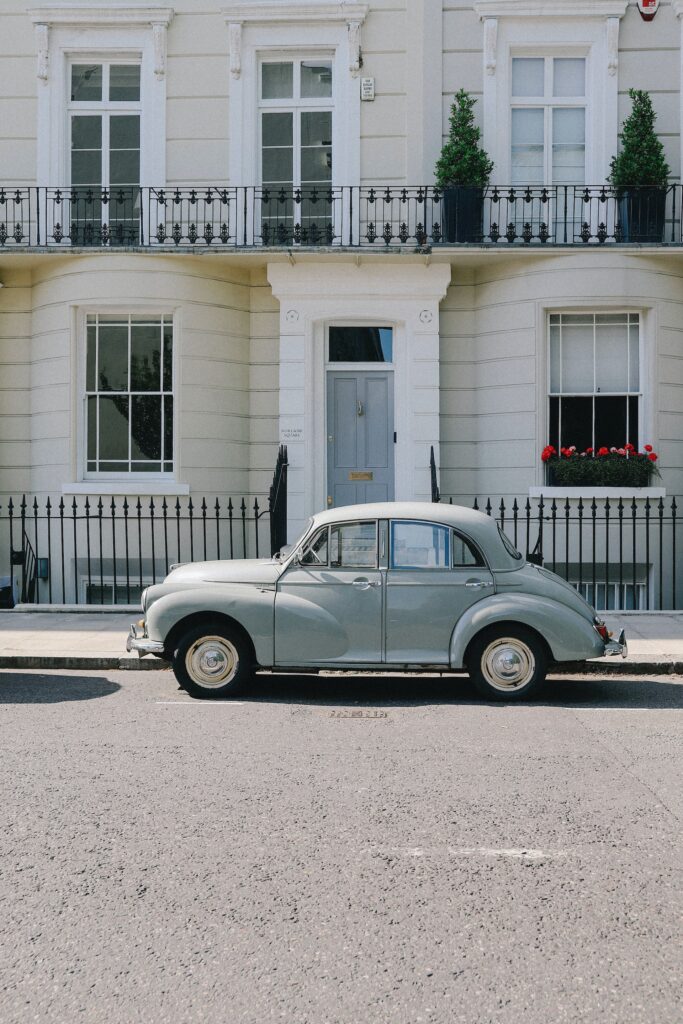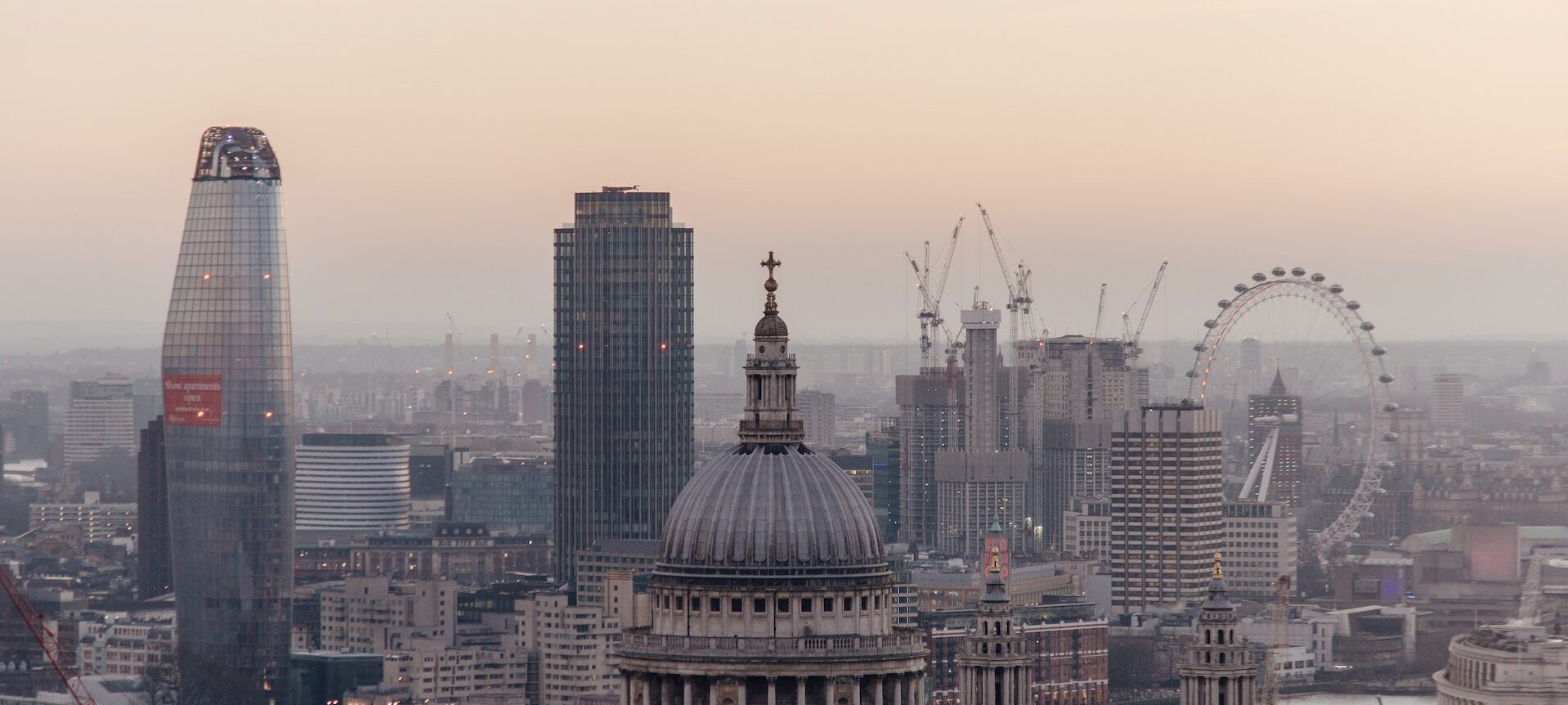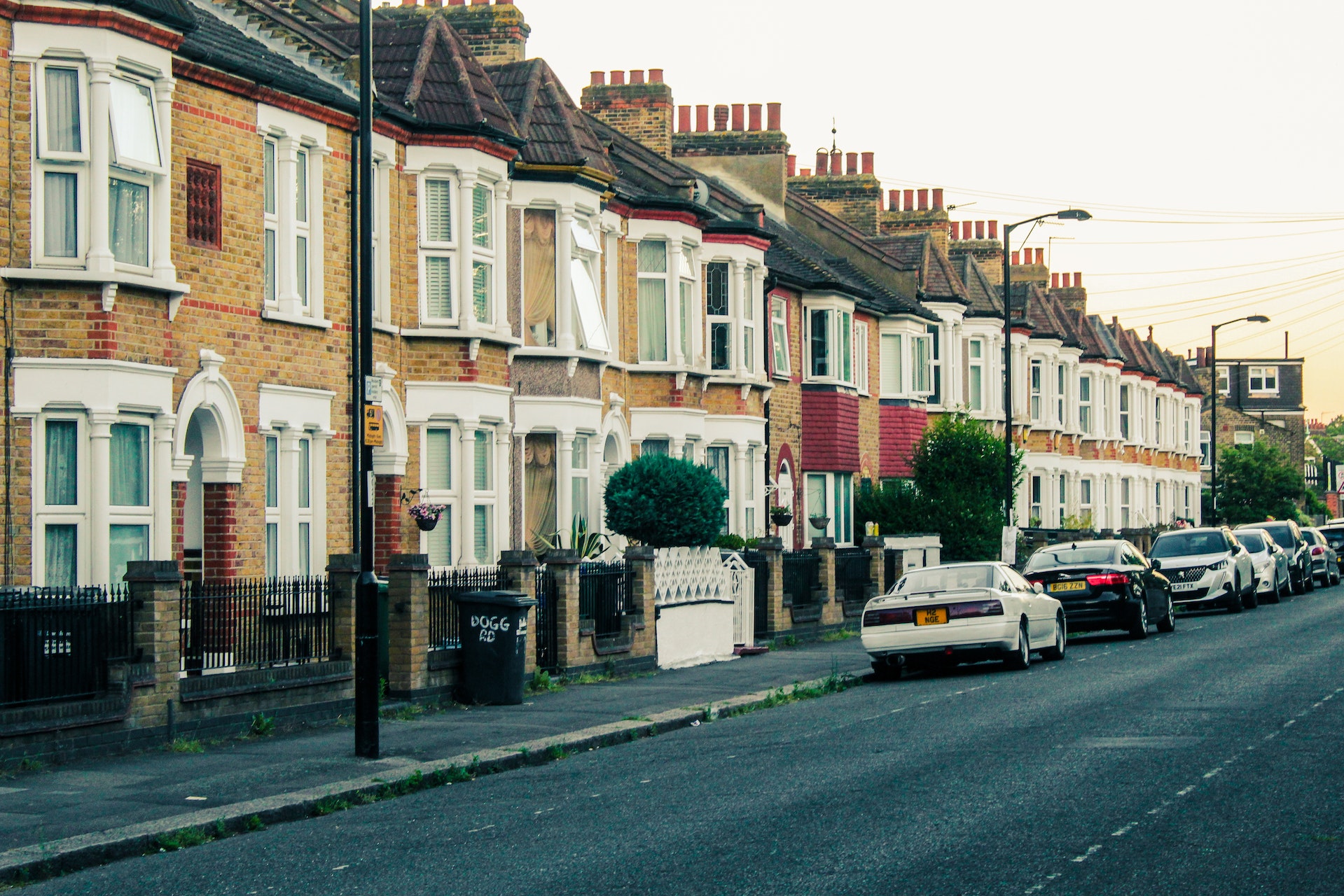The UK housing market has been the trusted location for the majority of the population’s wealth for decades. Our short history lesson starts in 1968. It’s hard to imagine buying a property for £4,000, but you could.
Over the past 55 years, the UK housing market has risen from £3,595 in 1968 to 286,489 in 2023. According to the Office of National Statistics, during this 55-year period, annual inflation averaged 4.97%. This equates to an inflation adjusted figure of £51,913. This resulted in an average growth rate of 3.6% per year in real terms after adjusting for inflation.
The following article summarises how the UK housing market developed from 1968 to 2023. Moreover, the relationship between price movement and average wages and interest rates throughout the decades. Finally, comments on the economic, political, and social factors that influenced growth during the period.
THE UK HOUSING MARKET IN THE SWINGING SIXTIES
1968
At the end of the 1960s, some people were watching TV, and most homes had electricity, a fridge, and a cooker. In 1968, house building for the decade peaked at 425,830. When compared to the year ending in 2022, there were approximately 204,000 houses built. The swinging Sixties really swung some tools. Average house prices sat at £3,595, and the average salary was £1,227 per year. The house price-to-earnings ratio was 2.92, which is very affordable compared to where we find ourselves in 2023.
THE UK HOUSING MARKET IN THE 70‘S
1971–1973
The 1970s started with a spike in economic growth, a boom in home ownership, and a reduction in interest rates. This led to a boom in the mortgage market, which was the perfect concoction for house prices to soar.
In January 1971, the average house price was £4,265; by October 1973, the average price was £8,794. These dramatic price increases meant actual values doubled in 2.5 years and rose 44% from October 1971 to October 1972 alone.
Furthermore, average earnings climbed at a rapid pace to £1,996 per annum, although not at the same pace as property values. The gap between wages and house prices began growing wider and wider, reaching a ratio of 4.4.
UK housing market between 1973–1977
The cost of the UK housing market continued to rise. Adjusting for inflation, prices actually fell by 28% in real terms. Inflation averaging 14% per annum for the 4-year period.

By the end of the 70s, avocado was the colour of choice for bathrooms, and the average house price had reached £18,542. Adjusting this growth for inflation, it equates to 73% for the decade. The average yearly salary was £4,883 per year by the end of the 1970s. Equal to 3.79 x average annual salary, nearly 1 year’s salary more than the previous decade. From 1975 to 1979, interest rates averaged 10.90%.
THE UK HOUSING MARKET IN THE 80’S
1980
Margaret Thatcher’s dream of home ownership influenced property prices hugely. This was realised through the introduction of the right to buy scheme in the Housing Act of 1980. This gave tenants of council houses the right to buy their homes at a discount of 33% to 50%, depending on the length of time they had lived in the property.
1983–1988
As a result, house prices gained momentum and started shooting up rapidly. Between January 1987 and December 1988, property values grew by 44% as they reached their peak.
During the 1980s, house prices grew strongly again, reaching an average price of £59,533 by the end of 1989. This equated to an inflation adjusted return of 67% for the decade. The decade had an average interest rate of 11.8%.
Average income levels stood at £12,246 per annum, resulting in house prices of 4.86 times average wages. Further growth of approximately 1 year’s average salary for the decade.
THE UK HOUSING MARKET IN THE 90’S
1990-1992
After the price surge in the late 80s, interest rates rose, leading to a housing crash to start the decade. Nominal prices dropped on face value by 11% over the first three years of the 1990s. The inflation-adjusted equivalent was closer to a 31% drop.
1995 -1999
House prices slowly start to creep up again. Inflation averaged 2% per year for the period, leading to positive real returns in real estate at the end of the decade.
By the turn of the millennium, the average house price was £82,504. This equates to an inflation adjusted return of -1% for the decade. The average salary had pushed on to £19,983, which resulted in a more affordable decade than the previous. For the first time, the average ratio dropped to 4.1 times the average annual salary to buy a house. The average interest rate for the decade was 7.81%.
THE UK HOUSING MARKET IN THE 00’S
2000–2007
This was a time of fruitful property investment, where prices grew handsomely in nominal terms by 129%. This was due to the increased availability of mortgages and the growth of buy-to-let investors.
At the peak of the market in November 2007, the average house price was £189,489;
UK HOUSING MARKET CRASH 2008
In 2008, values dropped 15% for the calendar year. This is due to the global financial crisis, which, in real terms, equates to a drop of 18.4%.
By the end of the decade, average house prices had rallied to £168,703. This gave an inflation-adjusted real return for investors of 59% for the decade where house prices had doubled.
In 2009, the average salary was £27,752 per annum, which equates to average house prices being 6.79 x average wages. The largest change in affordability is the approximately 3 extra years of average salary required to purchase a property. The other huge change in the decade was the introduction of low interest environments. The decade had an average interest rate of 3.98%.

THE UK HOUSING MARKET IN THE 10’S
2010-2013
During the first five years of the decade, real house price growth stayed low. This formed the early stages of an economic recovery, with low buyer sentiment willing to take advantage of low interest rates.
2014-2017
The southeast led the recovery through renewed buyer sentiment due to the government’s Help to Buy scheme, which was introduced in 2013. During this period, actual house prices grew by 26%, while the average salary only crept up to £30,888.
2017-2020
This period saw the gradual erosion of house prices after the decision to leave the EU. This formed a mid cycle dip that is common and discussed more in the 18-year property cycle.
Finishing the decade, values had increased to £231,792, and real growth was 12.4%. Average salaries ended the decade at 32,879 per year, equating to an affordability ratio of 7.04. This decade continued with even lower average interest rates of 0.50%.
THE UK HOUSING MARKET IN THE 20’S
2020-2022
The COVID pandemic put the housing market on hold until it reopened in June 2020. Stimulus from the government in the form of stamp duty holidays This spurred a burst of activity, leading to an 18% rise in nominal values for the first 2.25 years. By April 2022, average house prices in the UK were £277,368.
From the end of 2021 to April 2023, inflation took hold of the economy. The government’s response was to initiate sudden rises in interest rates to combat the double-digit inflation. Interest rates moved from 0.10% to 4.5% during this period, which ultimately made leveraged real estate significantly less affordable than previously.
From April 2022 to April 2023, actual house prices dipped, and adjusting for inflation, property prices actually dropped by -12%. This was due to the excessive inflation that the UK experienced.
SUMMARY
Inflation is the silent devil that sneaks up on you without you realising it. Real estate is one of the best assets to keep up with inflating markets, which is exactly what it did in 2022 in terms of capital values and rental levels.
Please read our blog on the 18-year property cycle, which goes into more detail regarding the cyclic nature of the UK housing market. It covers the last 50 years and how inflation masks the full extent of property fluctuations.
References
UK House Price Index (data.gov.uk)
RPI: Ave price – Milk: Pasteurised, per pint – Office for National Statistics (ons.gov.uk)
UK House Price Index – Office for National Statistics (ons.gov.uk) 2023



